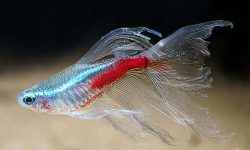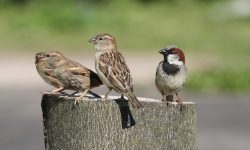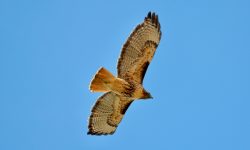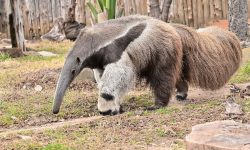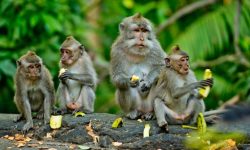Kangaroos are one of the most iconic and fascinating animals native to Australia. Known for their strong hind legs, muscular tails, and distinctive hopping gait, kangaroos have captivated the interest of wildlife lovers around the globe. But while many people are familiar with individual kangaroos, fewer know the answer to a particularly intriguing question: what is a group of kangaroos called?
In this article, we’ll explore the correct collective noun for kangaroos, delve into the reasons behind the unique term, and uncover more fascinating insights about kangaroo social behavior, species, and habitats.
What Is a Group of Kangaroos Called?
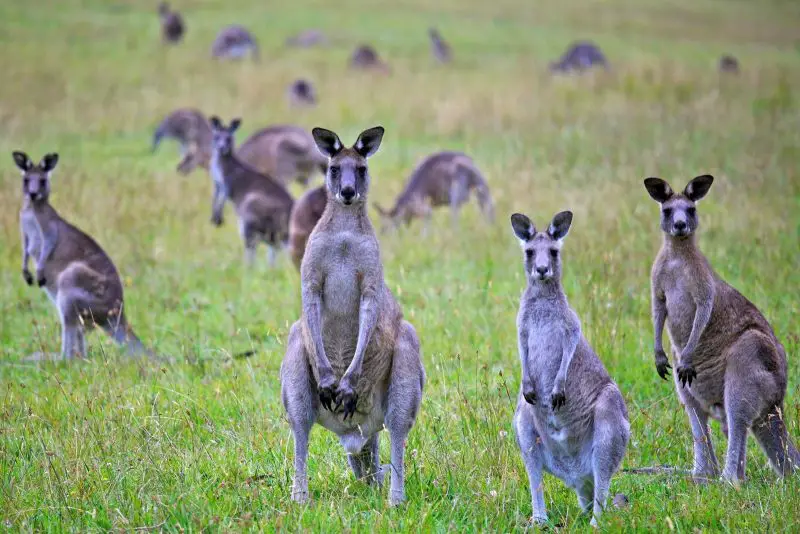
The Official Term: A Mob
The most commonly accepted term for a group of kangaroos is a mob. This term is widely used in Australia and recognized in scientific literature and wildlife discussions. A mob of kangaroos typically consists of anywhere from 10 to 50 individuals, though larger groups can occasionally form in areas with plentiful food and water.
The word “mob” might evoke images of chaos or disorder, but in the case of kangaroos, it represents a structured social group. Kangaroos within a mob are often related and form bonds that help them survive and thrive in their environment.
Other Terms: Troop or Court
While “mob” is the most widely used term, you might also encounter the words troop or court in reference to kangaroo groups. These terms are less common but still recognized, especially in older texts or regional variations.
However, in modern Australian English and scientific contexts, mob remains the most accurate and accepted collective noun for kangaroos.
Why Is It Called a Mob?
Cultural and Linguistic Roots
The use of the term “mob” to describe a group of kangaroos can be traced back to Australian English. In this dialect, “mob” is a commonly used word for a group of people, animals, or even livestock. The term has its origins in British English, where it once referred to unruly crowds, but in Australia, it evolved to a more neutral or even affectionate term.
Australians might refer to a group of friends as a “mob,” or talk about a family gathering as a “mob coming over.” In this context, calling a group of kangaroos a mob is both linguistically appropriate and culturally embedded.
Reflecting Kangaroo Behavior
The term “mob” also reflects the somewhat loose structure of kangaroo social groups. Unlike some animals that live in tightly regulated packs with clear hierarchies, kangaroo mobs are more fluid. Members come and go, and leadership is often based on dominance or breeding status rather than a fixed role.
This semi-structured nature of kangaroo groups aligns well with the informal and flexible connotation of the word “mob.”
Understanding Kangaroo Social Behavior
Loose Social Structures
Kangaroos are not solitary animals, and their mobs play an essential role in their survival. While their social structures are not as rigid as those of wolves or elephants, kangaroos still benefit from the protection and companionship of a group.
Mobs provide safety in numbers. With many eyes watching, kangaroos are more likely to spot predators like dingoes or wedge-tailed eagles. They also follow each other to feeding grounds and water sources, ensuring more efficient foraging.
Dominance Hierarchy
Within a mob, there is typically a dominant male known as the alpha buck or boomer. This male enjoys mating rights with the females and may fight off rival males through displays of strength, boxing, or wrestling.
However, these battles are rarely fatal and serve more as rituals than serious confrontations. Subordinate males usually bide their time, waiting for the opportunity to challenge the dominant buck or mate with unguarded females.
Female and Juvenile Roles
Females, called does or flyers, play a central role in kangaroo society. They care for their young, known as joeys, in their pouches for several months after birth. Females are often more social than males and may form close-knit subgroups within the larger mob.
Joeys begin social interaction from a young age, learning survival skills by observing adults and engaging in playful activities with other juveniles.
Species of Kangaroos That Form Mobs
Red Kangaroo (Macropus rufus)
The red kangaroo is the largest kangaroo species and the largest marsupial in the world. These kangaroos are commonly found in Australia’s arid and semi-arid regions. Red kangaroos form large mobs, especially during drought conditions when resources are concentrated in fewer areas.
Mobs of red kangaroos are often led by a dominant boomer who may stand over 6 feet tall and weigh more than 200 pounds. Their sheer size and powerful legs make them formidable fighters.
Eastern Grey Kangaroo (Macropus giganteus)
Eastern grey kangaroos inhabit the fertile eastern and southeastern parts of Australia. They are slightly smaller than red kangaroos but more numerous. Their mobs are typically found in grasslands and open woodlands.
These kangaroos are highly social and often seen in mixed-sex groups. Their social behavior includes mutual grooming, vocal communication, and synchronized feeding.
Western Grey Kangaroo (Macropus fuliginosus)
Western grey kangaroos are found in the southern and western regions of Australia. They are known for their gentle nature and slightly smaller size compared to red and eastern grey kangaroos.
Mobs of western grey kangaroos tend to be smaller but still function as important social units. These kangaroos are more active during the early morning and late evening, avoiding the midday heat.
Unique Aspects of Kangaroo Mobs
Communication Within the Mob
Kangaroos use various forms of communication to interact with one another. These include:
- Thumping: When a kangaroo senses danger, it may thump its hind legs on the ground to alert the mob.
- Grunts and Clicks: Soft vocalizations are used during grooming, courtship, or maternal care.
- Body Language: Staring, sniffing, or boxing are common ways kangaroos assert dominance or establish social bonds.
This communication helps the mob function effectively as a unit and avoid threats.
Safety in Numbers
Living in a mob offers a distinct survival advantage. Predators are less likely to attack large groups, and if they do, there’s a higher chance that at least some members will escape. The mob also allows kangaroos to share information about food sources and dangerous areas.
In times of environmental stress, such as droughts or bushfires, mobs may move collectively to find safer habitats.
Play and Learning
Young joeys benefit significantly from mob life. By watching adult kangaroos and playing with peers, they learn essential life skills such as foraging, avoiding predators, and social interaction.
Playful boxing matches between joeys are common and mimic the more serious fights of adult males. This social development is crucial for their integration into mob life as adults.
Misconceptions About Kangaroo Groups
Not All Kangaroos Are in Mobs
While many kangaroos live in mobs, not all species or individuals do. Solitary kangaroos are sometimes found, especially older males or kangaroos living in sparsely populated areas. These loners may still occasionally interact with mobs but prefer to live and forage alone.
Species like the antelope kangaroo or tree kangaroo have different social structures or live in environments where group living is less practical.
Mob Size Varies Widely
The size of a mob can vary depending on the species, habitat, and time of year. During dry periods, kangaroos may congregate in larger groups around limited water sources. In contrast, during times of abundance, mobs may break into smaller subgroups or even disperse entirely.
Thus, seeing a large group of kangaroos doesn’t always mean it’s the norm. Mobs are fluid and adapt to environmental conditions.
Fun Facts About Kangaroo Mobs
Kangaroo Daycare
In larger mobs, it’s not uncommon to see a few females caring for multiple joeys simultaneously. This communal care system helps ensure the young kangaroos’ survival and allows mothers to rest or forage without constantly attending to their joey.
Boomer Battles
When two boomers fight for dominance, their boxing matches can be intense. They stand on their hind legs, balance with their tails, and deliver powerful punches or kicks. These fights are a spectacle of strength and agility and determine mating rights within the mob.
Mob Movements
Mobs can travel great distances in search of food and water. During these migrations, kangaroos rely on memory, landmarks, and even the behavior of other animals to navigate.
Conclusion
So, what is a group of kangaroos called? The answer is a mob, a term that perfectly encapsulates their dynamic and loosely organized social structure. Whether you’re watching a group of red kangaroos bounding across the Australian outback or observing eastern grey kangaroos grazing in a national park, you’re witnessing the fascinating behavior of one of nature’s most unique social animals.
Understanding kangaroo mobs helps us appreciate the complexity of their interactions, the importance of social living in their survival, and the cultural richness of Australian wildlife terminology. Next time someone asks, you’ll not only know the answer but also understand why it’s so special.
From the dominance of the alpha boomer to the playful antics of joeys, kangaroo mobs are more than just a group—they’re a society of their own.

